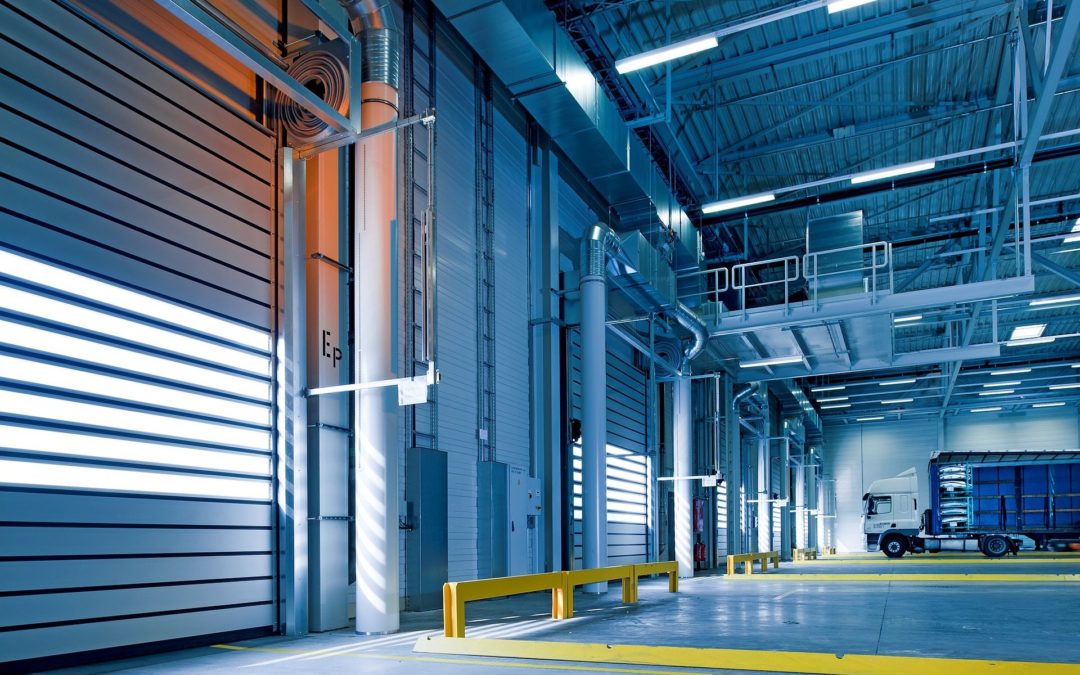With the growing demand of the supply chain due to the rise in popularity of ecommerce, the pressure to create and adopt new procedures in warehouses have been stronger than ever. Aligned with the new customer standard of one day delivery, the warehouse of the future will be more efficient and will need to operate at an almost seamless capacity. With these growing needs and demands, what exactly will the warehouse of the future look like?
- Smaller Warehouse
Increasing demand from customers for next day delivery has created the need for more dynamic and agile warehousing. One of the ways that this is resolved is through the implementation of regional nodes or small warehouses. This offers the possibility to have multiple warehouse spread out across the region and close to city centers. This allows for the possibility for quicker delivery and more dynamic communication. - Robotics
Adoption of robotics has been slow, but with the growing demand of the supply chain, the future of warehouses will depend on robotics. Robotics will not only be used to replicate manual tasks but also software applications and computing services like machine learning and AI. - Predictive Maintenance
In the past, warehouses adopted the passive and reactive process of waiting until things break before fixing them. With new technologies, including digital twins, enterprise asset management (EAM), digital twins, RFID tags, AI, and smart supply chains, it is possible for organizations to gain unprecedented insight on the health of the product, components, and materials. This allows for predictive maintenance so that problems are avoided. - Human-Centric Design
With the labor shortages in many markets, the importance of workers quality of life is becoming a priority. Upgrades in the lighting, air quality sensors, and temperature controls are among the few upgrades that are being made to the designs of warehouses. Improvements in the working environment benefit the health of the employee and reduces the turnover and facility risk. - A Hyper-Connected Facility
Operating systems are beginning to be laid out in highly advanced matrixes to accommodate the increasing mix of technologies. The bandwidth of today’s warehouses includes technologies like loT, barcoding, RFID scanning, load optimization, GPS, and future technology innovations that could emerge. This technology helps logistics managers quickly make and execute decisions. - Sustainability
With growing knowledge about environmental impacts and sustainability options, a sustainable warehouse is becoming an option. Alternative energy and energy efficiency are becoming a requirement for most warehouse operations. LED lighting, solar panels, cool-roof systems, clerestory windows, thermal glass, and other green materials and innovations are leading the way for the new age of warehouses. - 3PL Warehousing
The warehouse is an important part of the robust logistics infrastructure, however, with the growing demand of next day delivery and the pressures of creating a smaller footprint, the growing demands are difficult and pricy to keep up with. Many companies are looking to third-party partnerships with companies like G&T Enterprises who provide transloading and transfer services in Chicago and the Midwest.
Contact us at G&T Enterprises to learn more about our warehouse and other services today.


Recent Comments